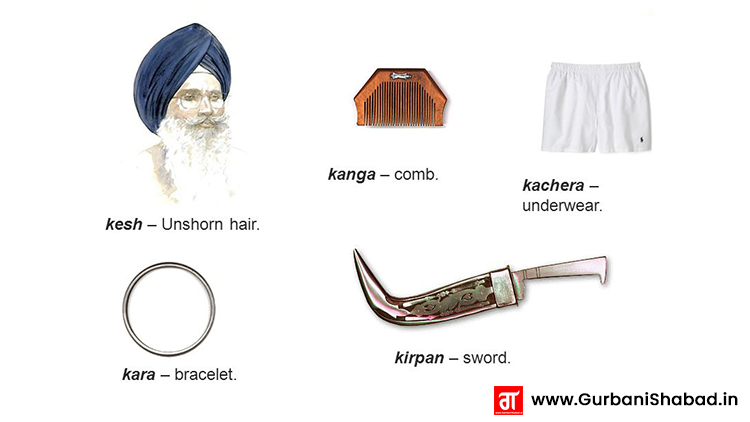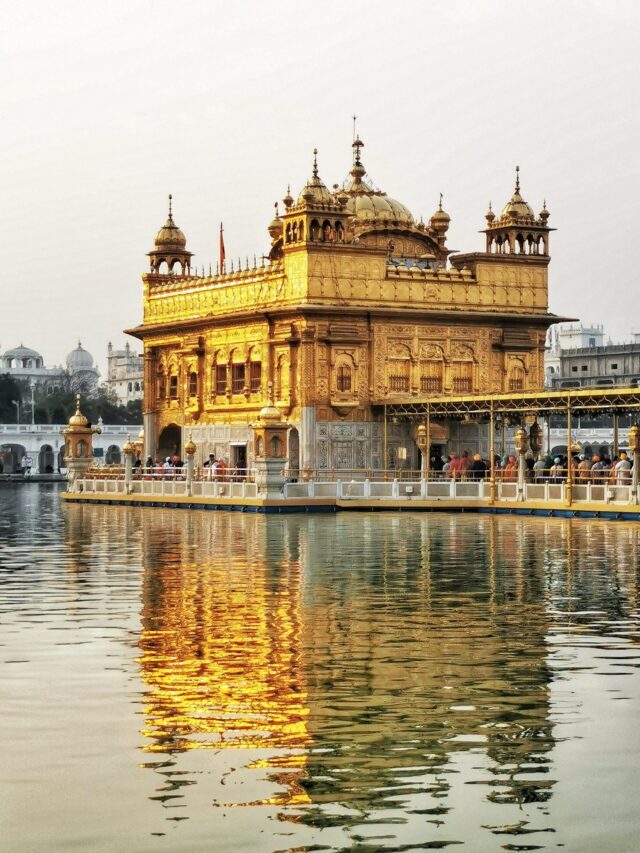About Kakar History In Sikhsm
On the first Vaisakh 1756 Sammat in Sikh history, Guru Gobind Singh inaugurated the Khalsa Panth in Anandpur Sahib. After selecting five lovers from the crowded pandal and singing ‘Khande Di Pahul’, they were given the title of Singh. Guru Gobind Singh formed a unique religious, social and political organization and created the Khalsa Panth by making the five covenants.
Five Kakar
Each edge is itself a symbol of a particular sign.
In Sikhi, the Panj Kakar is the five symbol that was ordered to be worn at all times by Guru Gobind Singh in 1699 AD for the Khalsa Sikhs.
It consists of wearing five Kakar’s (5K).

Kesh (ਕੇਸ)
Kesh (ਕੇਸ) is the seal of the Akal Purakh, Sikhs follow the order of the Guru and wear turbans and keskis to protect the Kesh and keep them forever, from the toe to the top of the head by not desecrating the Kesh, Guru Sahib. take the blessings of
Kanga (ਕੰਘਾ)
Kanga (ਕੰਘਾ) is used by Sikhs for cleaning cases and is kept in cases. When the comb cleans the cases, it shows us to clean the cases as well as the mind.
Kirpan (ਕਿਰਪਾਨ)
Kirpan (ਕਿਰਪਾਨ) is a symbol of Guru Sahib’s blessings and power to kill ego and pride. The kirpan should always be kept in the throat and should be kept on the body following the order of Guru Sahib. The evils evil men oppress, inspire them to protect themselves and humanity.
Kara (ਕੜਾ)
Kara (ਕੜਾ) indicates that the Sikh has now become a guru and to fulfill this duty the Sikh must develop iron determination and strength. Kada warns that he is the Guru’s Sikh and now he has to follow the rules of Gurmat and not do any misdeeds.
Kachera (ਕਛਹਿਰਾ)
Kachera (ਕਛਹਿਰਾ) It is necessary to wear Kachhira on the order of Guru Sahib Ji. This blessed gift of Guru Sahib Ji teaches the Sikh to control the desires of his subject vices.


:format(webp)/https://gurbanishabad.in/wp-content/uploads/2023/07/gurbanishabad-in-donate.png)


